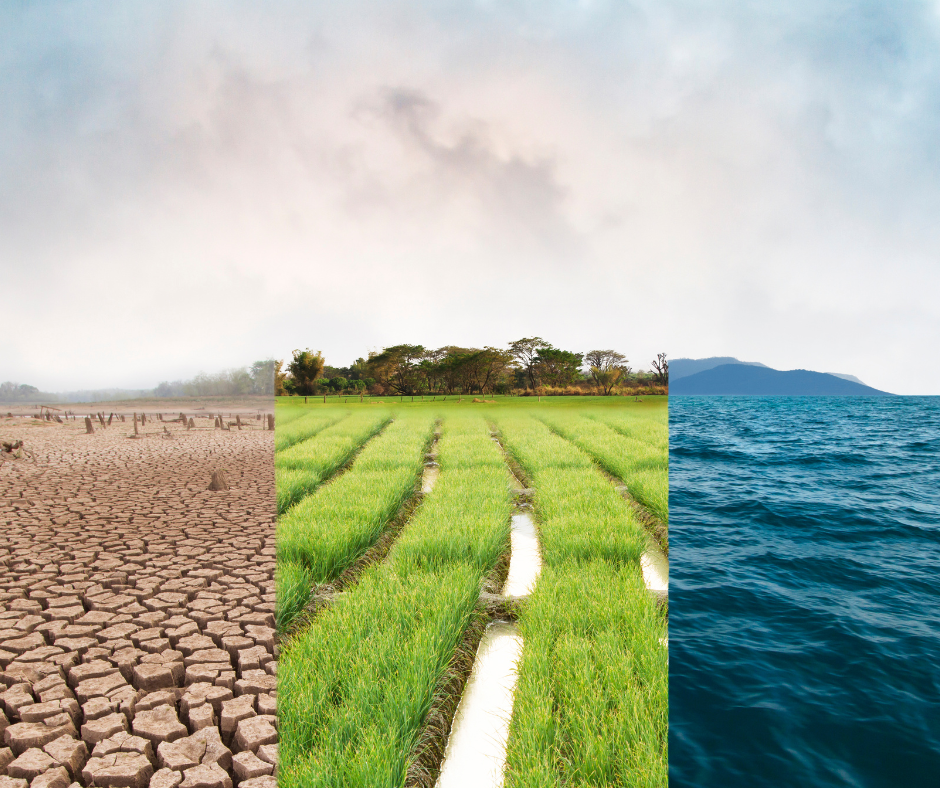07 Feb Attempting to capture the total footprint of food production
Published in Nature Sustainability, a recent paper has attempted a finer-grained quantification of the environmental impact of food production, including looking at the relative efficiency of production in different parts of the world.
It is well-known that food production comes with an environmental impact, which can be quantified in many different ways. Here, the greenhouse gas emissions, freshwater use, habitat disturbance, and nutrient pollution related to the production of individual food items was calculated and combined into a single metric.
Six countries were responsible for more than half the global footprint, but these were also the six most populous countries.
The authors also highlighted the disproportionate impact of aquatic systems, which contributed nearly a tenth of the impact, but only 1.1% of the food supply. Efficiency of production of specific food types in different parts of the world was also compared, with huge variation found.
The interconnection between different impacts was discussed. In some places a policy change could lead to benefits to multiple environmental impacts, whereas in others there would be trade-off between them.
The authors did consider efficiency based on mass, energy content, or protein content – a step towards consideration of nutrition. Measuring these impacts against a broader view of human nutrition would be extremely valuable. However, establishing a single metric for nutrition faces similar challenges to finding one for environmental impact.






